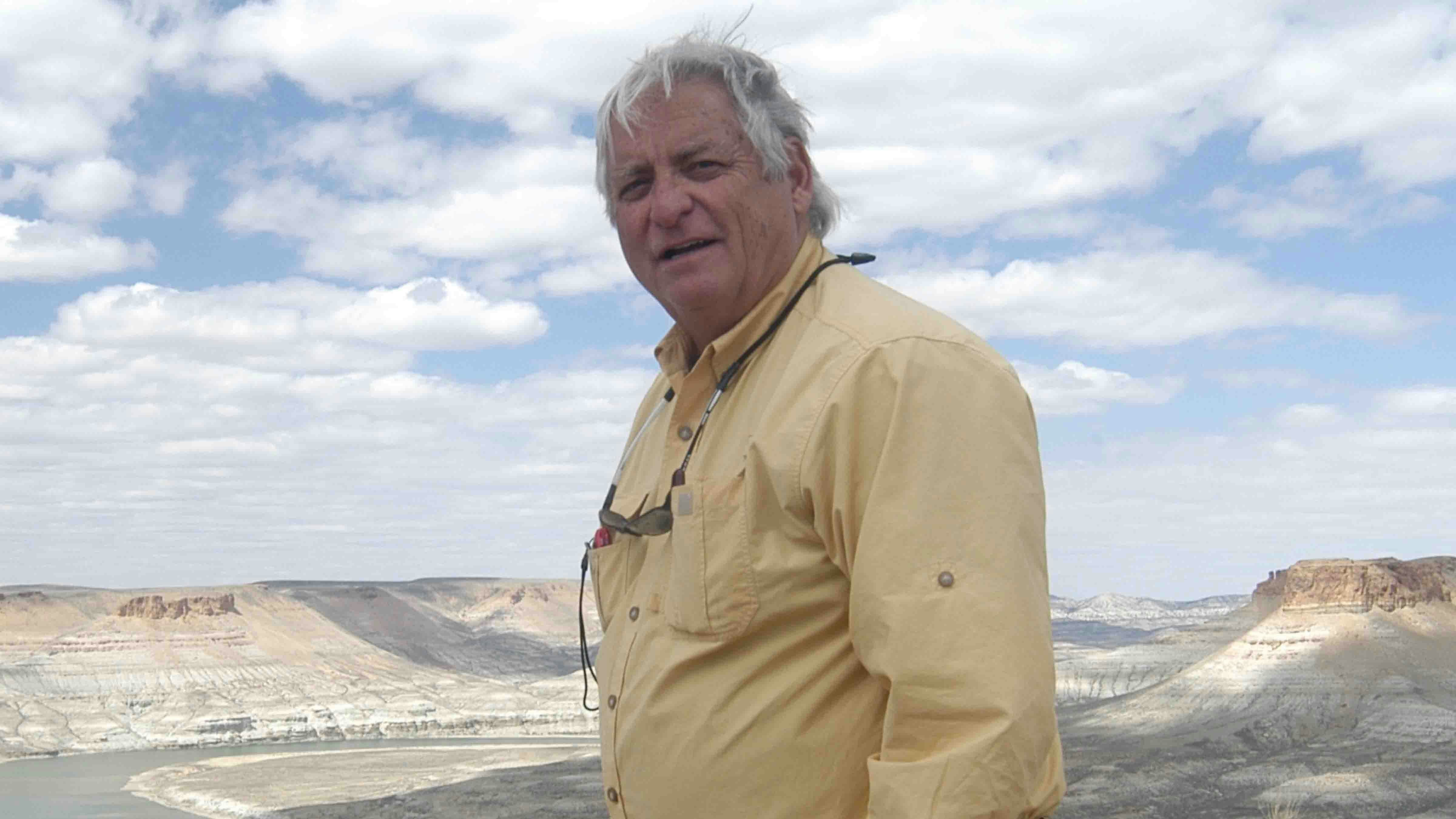The Bureau of Land Management manages 35 million acres as National Conservation Lands.
The agency says it manages these lands, “For the benefit of current and future generations, supporting conservation as a part of the BLM's multiple-use and sustained yield mission.
“This means respecting the ties that native and traditional communities have to public lands, as well as being welcoming of diverse interests and uses.”
These national conservation areas and similarly designated lands (wild and scenic rivers, wilderness areas, national and historic tails, national monuments) are designated for conservation by Congress and the president of the United States — not the BLM. The agency has no such authority.
But the BLM’s proposed Conservation and Landscape Health rules make an end-run around Congress and the president by attempting to use rulemaking to grant the agency authority to define what constitutes “conservation” and to determine what public lands will be subject to conservation, as well as issue conservation leases that can be used to exclude other uses.
No federal law grants the BLM such authority.
The 37-page draft rules create an entirely new management mission for the agency, including 131 new mandates through the use of actionable language (“must” is used 65 times, “require” is used 23 times and “shall” is used 43 times), providing 131 new pathways for the agency to be sued for failing to adhere to its mandates if the rule is finalized.
But here’s the thing: The BLM’s “multiple use and sustained yield” mandate comes directly from the Federal Land Policy and Management Act of 1976. In enacting FLPMA, Congress specifically defined “sustained yield” as “the achievement and maintenance in perpetuity of a high-level annual or regular periodic output of the various renewable resources of the public lands consistent with multiple use.”
Congress did not use the word “conservation” in setting forth how public lands were to be managed. They were to be managed for “multiple use and sustained yield unless otherwise specified by law.”
It’s up to Congress to decide which lands are to be managed for conservation.
The BLM uses the proposed rules to claim that sustained yield “relies on healthy landscapes and resilient ecosystems,” and therefore the rule is created “to promote the use of conservation to ensure ecosystem resilience.”
So now public lands are to be managed under the principle of “ecosystem resilience,” according to the agency.

It’s stunning to read how the BLM completely eliminated parts of its legal mandate in its proposed rules. Congress explicitly states how public lands are to be managed (I’ve highlighted the provisions of the federal law that the BLM ignored in developing its rule) as shown on the left side of this graphic.
The right side of the graphic is the language of the proposed rule.
Not only did BLM ignore significant components of the law under which it operates, the agency added some new requirements (as highlighted). Some, but not all, of these additions are taken from federal law, but again with other provisions eliminated.
What’s wrong with a federal policy requiring ecosystem resilience? Instead of it being one consideration, the rules would make this concept BLM’s top priority in approving uses on public lands. The BLM’s objective in the rule is to “promote conservation by protecting and restoring ecosystem resilience and intact landscapes.”
Interestingly, the rule doesn’t attempt to define “ecosystem,” but it does define an “intact landscape” as “an unfragmented ecosystem that is free of local conditions that could permanently or significantly disrupt, impair or degrade the landscape’s structure or ecosystem resilience, and that is large enough to maintain native biological diversity, including viable populations of wide-ranging species.”
It’s worth noting that the federal law authorizing BLM management of public lands does not mention “native biological diversity” or “viable populations” of “wide-ranging species,” but does mention providing food and habitat for fish, wildlife and domestic animals as well as providing for outdoor recreation and human occupancy and use, concepts missing from the BLM rules.
Although ecosystem remains undefined, the BLM defines “landscape” to mean “a network of contiguous or adjacent ecosystems characterized by a set of common management concerns or conditions. The landscape is not defined by the size of the area, but rather by interacting elements that are relevant and meaningful in a management context.”
So, this BLM scenario must be large enough to maintain viable populations of wide-ranging species, from bison to wolves, that must be free of local conditions that could disrupt or impair this resilience.
Can you think of anything that may serve to “impair or disrupt?” Anything that is associated with humans: fences, pipelines, roads, developed camp sites — to name a few. Other disruptions or impairments could include elk feedgrounds, animal damage control activities, water diversions, drilling rigs, snowmachine or off-highway vehicle use, winter recreation, etc.
While federal law requires the BLM to manage natural resources “without permanent impairment of the productivity of the land and the quality of the environment,” the BLM now proposes to protect federal lands from activities that would “significantly disrupt, impair or degrade” these intact landscapes, even if the disruption was temporary.
Instead of meeting the federal law’s requirement that public lands and their various resource “are utilized in the combination that will best meet the present and future needs of the American people,” the BLM now proposes it “conserve renewable natural resources at a level that maintains or improves future resource availability and ecosystem resilience.”
No mention of meeting the present and future needs of the American people.
To ensure this “ecosystem resilience,” the agency “must manage certain landscapes to protect their intactness,” including working “across federal and non-federal lands to protect intact landscapes.”
That’s a statement that should cause a shudder from private landowners within these intact landscapes.
The rule proposes that the agency will be required to pursue “management actions that maintain or mimic characteristic disturbance.”
Need a clue what that is? In addition to drought, fire, floods and insect outbreaks, think herbivores, as in large herds of bison moving across a landscape.
Between mandates for “viable wide-ranging species” and “native biological diversity” in “intact landscapes,” the BLM is attempting to use rulemaking to change essential characteristics and purposes of America’s public lands.
FLPMA, the federal law mandating how BLM is to manage our public lands, requires that “public lands be managed in a manner which recognizes the nation’s need for domestic sources of minerals, food, timber and fiber from the public lands.”
You’d never know that from the BLM’s proposed rules.
Though perhaps well-intended, the proposed rules are staggeringly riddled with problematic language that will guarantee that federal courts will be overburdened with legal challenges.
Instead of public participation helping to guide how our public lands are managed, federal courts would substantially have that responsibility as it determines how far BLM can stretch its authority.
What a terrible way to manage public resources.
Cat Urbigkit is an author and rancher who lives on the range in Sublette County, Wyoming. Her column, Range Writing, appears weekly in Cowboy State Daily.





